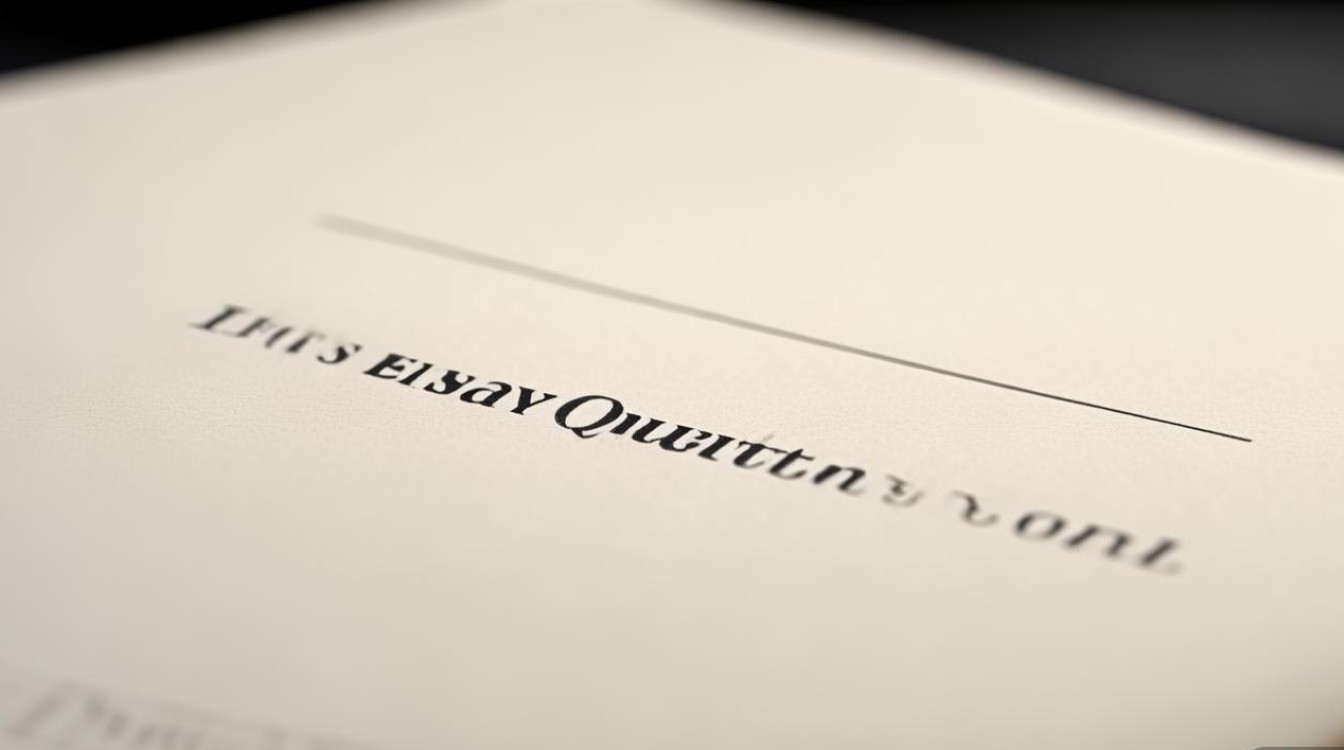雅思小作文是雅思写作考试的第一部分,要求考生在20分钟内完成至少150字的写作任务,主要考察数据描述、图表分析和信息整合能力,考试中常见的图表类型包括线图、柱状图、饼图、表格、流程图和地图题,不同类型的图表需要不同的写作结构和词汇,但整体框架通常包括引言、主体段和结论,以下将从图表类型、写作结构、常用词汇和注意事项四个方面详细解析雅思小作文的解题思路。

常见图表类型及写作重点
-
线图(Line Graph)
线图通常描述某个时间段内的数据变化趋势,重点在于"趋势"和"对比",写作时需注意:- 使用"上升/下降"类词汇(如increase, decrease, surge, plummet);
- 描述数据波动时用"波动/平稳"类词汇(如fluctuate, stabilize, remain constant);
- 若有多条线,需进行横向对比(如"while A increased, B decreased")。
-
柱状图(Bar Chart)
柱状图通过柱子高度比较不同类别或时间的数据,重点在于"比较"和"排序",写作时需注意:- 突出最高值和最低值(如"the highest figure was...", "the lowest percentage accounted for...");
- 使用"倍数/百分比"类词汇(如double, account for, constitute);
- 若为动态柱状图,需结合时间趋势描述。
-
饼图(Pie Chart)
饼图展示整体中各部分的占比,重点在于"比例"和"分类",写作时需注意:- 使用"占比"类词汇(如make up, account for, occupy);
- 比较比例大小时用"高于/低于"(如"higher than", "lower than");
- 若为多个饼图,需描述比例变化(如"the proportion of A increased from X% to Y%")。
-
表格(Table)
表格通过行列数据展示多维度信息,重点在于"数据提取"和"分类归纳",写作时需注意:- 按行或列分组描述(如"as for the first row, the data showed...");
- 比较不同行/列的数值差异;
- 注意单位(如"thousands", "percentage")。
-
流程图(Process Diagram)
流程图描述某个操作的步骤或自然现象的变化,重点在于"步骤顺序"和"逻辑连接",写作时需注意:- 使用"顺序"类词汇(如first, then, next, finally);
- 描述变化时用"转化/形成"类词汇(如transform into, be converted into);
- 避免添加个人观点,仅客观描述流程。
-
地图题(Map)
地图题通常展示某个区域的变化或布局,重点在于"空间方位"和"对比变化",写作时需注意:- 使用方位词(如north of, to the left of, adjacent to);
- 描述变化时用"新增/拆除"类词汇(如be built, be removed);
- 若为过去与现在对比,需明确时间节点。
通用写作结构
无论何种图表,雅思小作文均可采用"三段式"结构:
-
引言段(Introduction)
- 改写题目,说明图表类型和时间范围(如"The bar chart illustrates the changes in... from 2010 to 2025");
- 概括图表主要内容(如"Overall, A experienced a significant increase, while B remained stable")。
-
主体段(Body Paragraphs)
- 第一主体段:描述主要特征或最大值/最小值(如"The most striking trend was the surge in A, which doubled from X to Y");
- 第二主体段:描述次要特征或细节对比(如"In contrast, B showed a slight decline, dropping by Z%")。
- 若数据较多,可分段描述(如"First, the data for...;Second, the figures for...")。
-
结论段(Conclusion)
- 重申核心趋势或对比(如"In conclusion, A dominated the growth, whereas B saw a marginal decrease");
- 避免引入新数据,仅总结上文。
常用词汇与句型
-
趋势描述
- 上升:rise, increase, grow, surge, climb, soar
- 下降:fall, decrease, drop, decline, plummet
- 波动:fluctuate, vary, oscillate
- 平稳:stabilize, remain constant, level off
-
比较与对比
- 最高:the highest, the largest, the majority
- 最低:the lowest, the smallest, the minority
- 倍数:twice as much as, three times higher than
- 比例:account for, constitute, make up
-
流程与地图
- 步骤:first, then, next, subsequently, finally
- 方位:north of, south of, adjacent to, in the center of
- 变化:be transformed into, be replaced by, be extended
注意事项
- 时间管理:严格控制在20分钟内完成,建议分配3分钟规划、12分钟写作、5分钟检查。
- 数据取舍:不必描述所有数据,选择最具代表性的3-5个关键点即可。
- 避免语法错误:注意主谓一致、时态统一(一般用过去时或现在时,根据题目要求)。
- 字数达标:确保字数不少于150字,但避免冗余,内容简洁明了。
真题示例与解析The table below shows the percentage of adults who did regular physical activity in different countries in 2000 and 2010.
| Country | 2000 | 2010 |
|---|---|---|
| Australia | 30% | 35% |
| Japan | 20% | 22% |
| USA | 15% | 18% |
参考范文:
The table compares the proportion of adults who engaged in regular physical activity in Australia, Japan, and the USA in 2000 and 2010. Overall, all three countries witnessed an increase in the percentage of physically active adults, with Australia showing the highest growth.
In 2000, Australia had the highest proportion of adults doing regular exercise at 30%, followed by Japan (20%) and the USA (15%). By 2010, Australia's figure rose to 35%, representing a 5% increase. Similarly, Japan experienced a modest growth of 2%, reaching 22%, while the USA saw a 3% rise to 18%.
It is clear that Australia led both in the initial and final years, with all countries demonstrating a positive trend towards increased physical activity over the decade.
FAQs
Q1: 雅思小作文是否需要所有数据都写?
A1: 不需要,应选择最具代表性的数据(如最大值、最小值、显著变化点),避免堆砌数字导致内容冗余。
Q2: 流程图和地图题可以加入个人观点吗?
A2: 不可以,流程图和地图题要求客观描述过程或变化,需严格基于图表信息,不得添加主观推测或未提及的细节。











